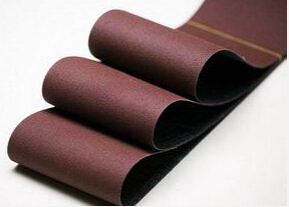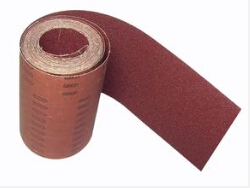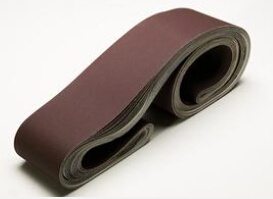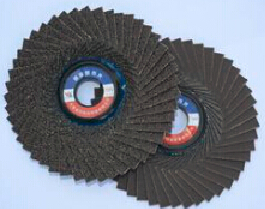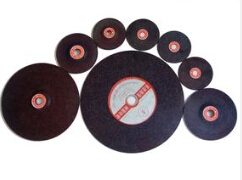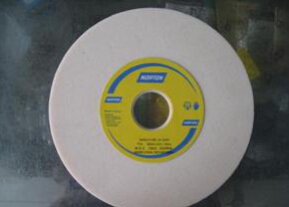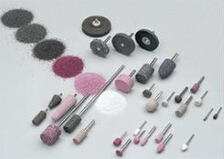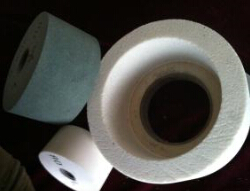Reasons for Cracks on Refractory Brick
Zhongsen Editor 2016-11-17
Referred to as refractory brick. Refractory material with a certain shape and size. According to the preparation process, it can be divided into bricks, brick, electric melting brick (Cast Brick), the refractory insulating bricks; according to the shape and size, it can be divided into standard brick, ordinary brick, specific rotation. It can be used as building materials and structural materials for building furnaces and various thermal equipments, and it can be subjected to various physical and chemical changes and has mechanical effects at high temperature. There are refractory clay brick, high alumina brick, silica brick, magnesia brick etc.
According to the production process, there are four main reasons for the crack of the refractory brick:
1, refractory raw materials caused by the product crack;
2, product crack causes of refractory brick molding;
3, the cause of the drying of the product crack;
4, the cause of the burning of refractory brick products crack.
The production of high aluminum refractory bricks often appear in the defects, the cause of the network crack is more complex. The impurity content of clinker (especially R2O content), sintering degree, critical particle size, powder content, mud mixing quality, body temperature and humidity of the drying medium, the body in the firing process of the contraction occurs and the two mullization reaction and recrystallization with corundum, these will cause the resillage in the surface of high alumina bricks. High alumina brick sintering is the liquid sintering, liquid phase formation temperature and liquid volume, the temperature rising speed and atmosphere conditions are also lead to inconsistent shrinkage, resulting in the important factor of resillage in surface.
The degree of sintering and sintering atmosphere and volatile matter in the gas phase have great influence on the surface mesh crack of high alumina refractory bricks. Clinker sintering bad in high alumina brick firing process continues to shrink, cause high aluminum brick cracking and resillage; clinker sintered at the same time poor, two times the Mullitization is not sufficient, in high alumina brick burning process, clinker itself two times Mullization continues, this is due to an internal factor that contraction is not consistent in high aluminum brick. That leads to increase the number of high aluminum brick resillages and cracking degree. The degree of mesh cracking on the surface of high alumina brick is closely related to the water absorption of the clinker. The water absorption rate of clinker is greater, the greater the degree of cracking net. When the water absorption of the clinker brick, high alumina brick in the firing process itself will continue to complete the clinker sintering process, high alumina brick shrinkage, and uneven, and therefore prone to cracking and crazing. One of the reasons in the kiln burning atmosphere is high aluminum and aluminum brick produced resillage, burning high aluminum and aluminum bricks, kiln atmosphere for a weak oxidizing flame, the excess air coefficient control in practice shows that the high aluminum brick surface resillages have the excess air coefficient increases and decreases, but the excess air coefficient fluctuation should not be too large.
In addition, the high alumina refractory brick surface resillages are generated in the brick surface. It can be concluded that, when the kiln excess air coefficient is small, or reducing atmosphere, because the brick gap is small, which is very easy to stay in these places, so that the high aluminum brick in Fe2O3 is reduced to FeO; in refractory brick surface oriented channel, air flows relatively smooth, so it will not be affected by the atmosphere changes, so that there have no resillage. In particularly, it should be noted that the frequent changes in the nature of the combustion atmosphere should be avoided in the firing process. The surface is damaged because of the change of the alternative.

